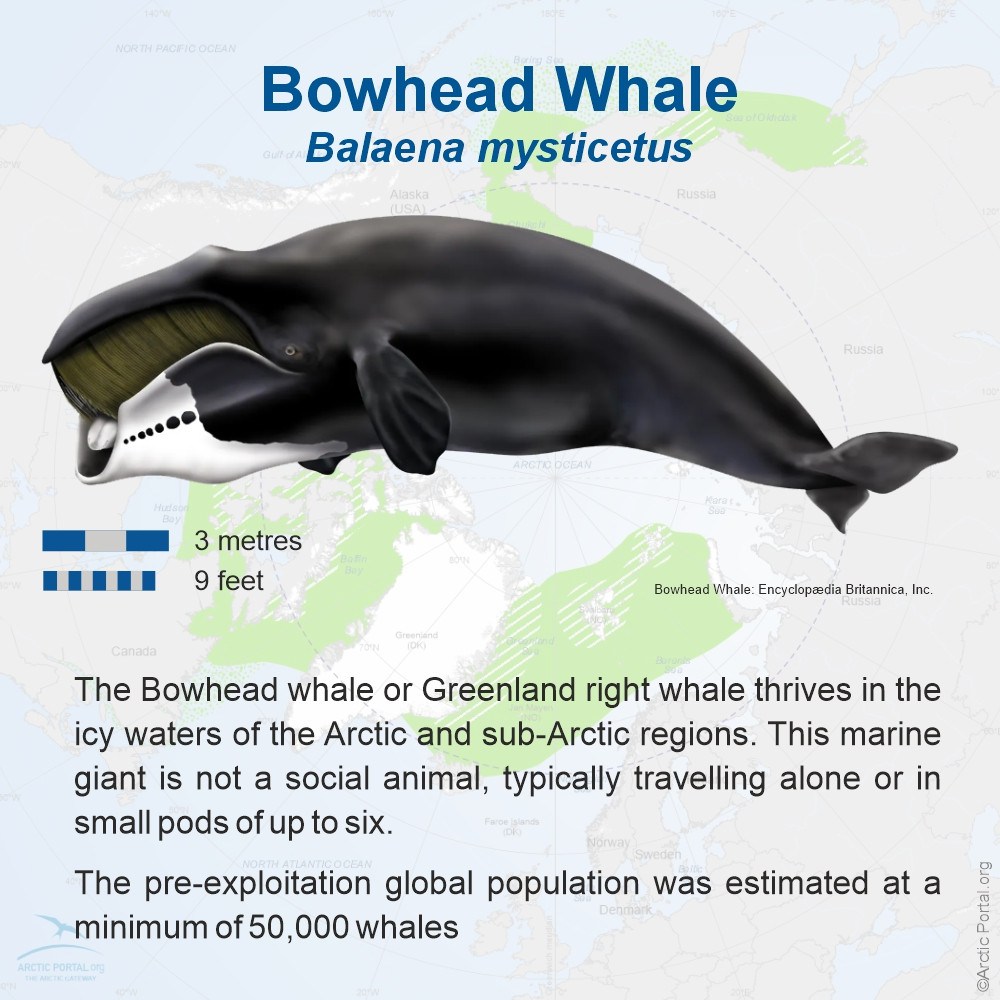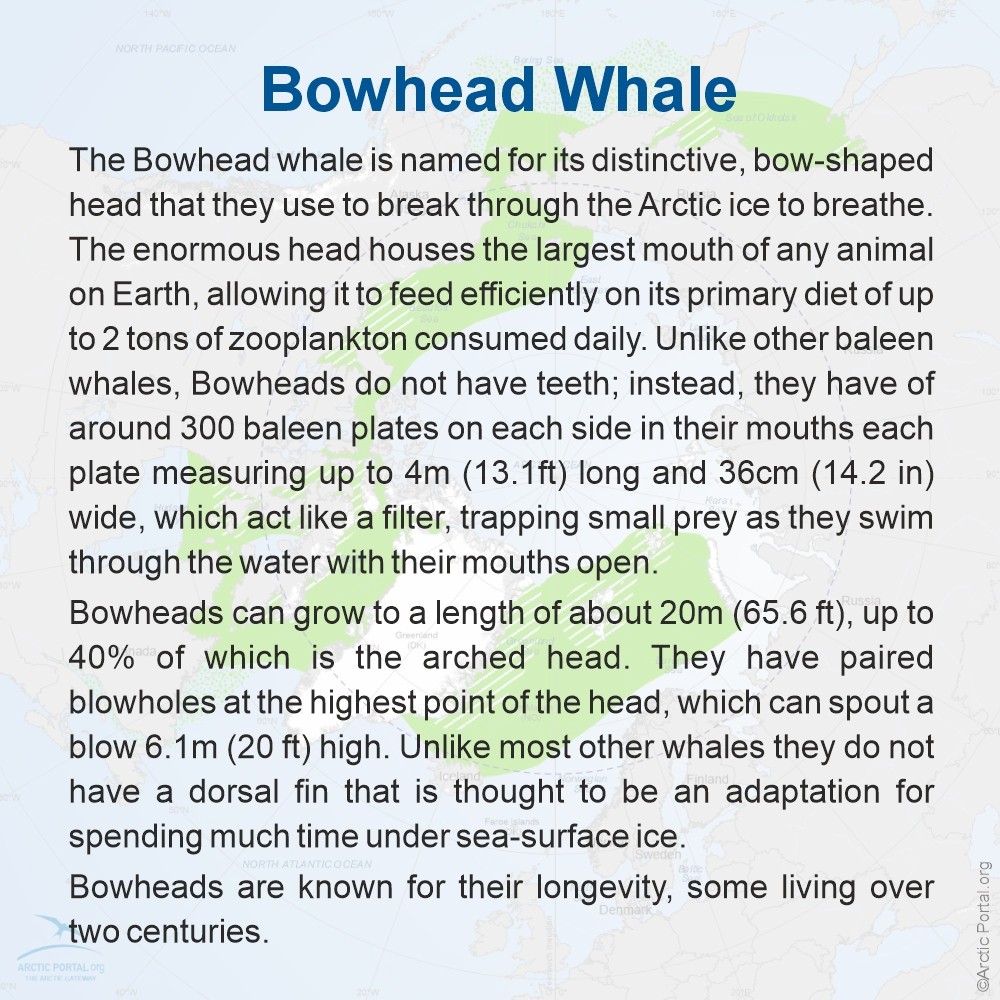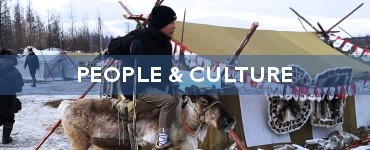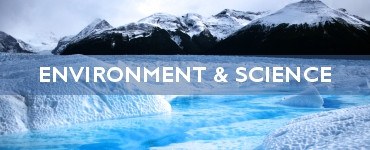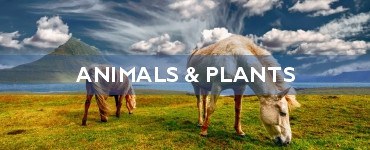The Bowhead whale or Greenland right whale thrives in the icy waters of the Arctic and sub-Arctic regions. This marine giant is not a social animal, typically travelling alone or in small pods of up to six.
The Bowhead whale or Greenland right whale thrives in the icy waters of the Arctic and sub-Arctic regions. This marine giant is not a social animal, typically travelling alone or in small pods of up to six.
The pre-exploitation global population was estimated at a minimum of 50,000 whales.
The Bowhead whale is named for its distinctive, bow-shaped head that they use to break through the Arctic ice to breathe. The enourmus head houses the largest mouth of any animal on Earth, allowing it to feed efficiently on its primary diet of up to 2 tons of zooplankton consumed daily. Unlike other baleen whales, Bowheads do not have teeth; instead, they have of around 300 baleen plates on each side in their mouths each plate measuring up to 4m (13.1 ft) long and 36cm (14.2 in) wide, which act like a filter, trapping small prey as they swim through the water with their mouths open.
Bowheads can grow to a length of about 20m (65.6 ft), up to 40% of which is the arched head. They have paired blowholes at the highest point of the head, which can spout a blow 6.1m (20 ft) high. Unlike most other whales they do not have a dorsal fin that is thought to be an adaptation for spending much time under sea-surface ice.
Bowheads are know for their longevity, some living over two centuries.
See also our map on Bowhead Whale distribution and movement
Visit our Map Gallery Arctic Portal specializes in creating customized graphical maps that cover a range of significant Arctic topics with global recognition. We are continuously working on new maps and adding them to our Gallery.

